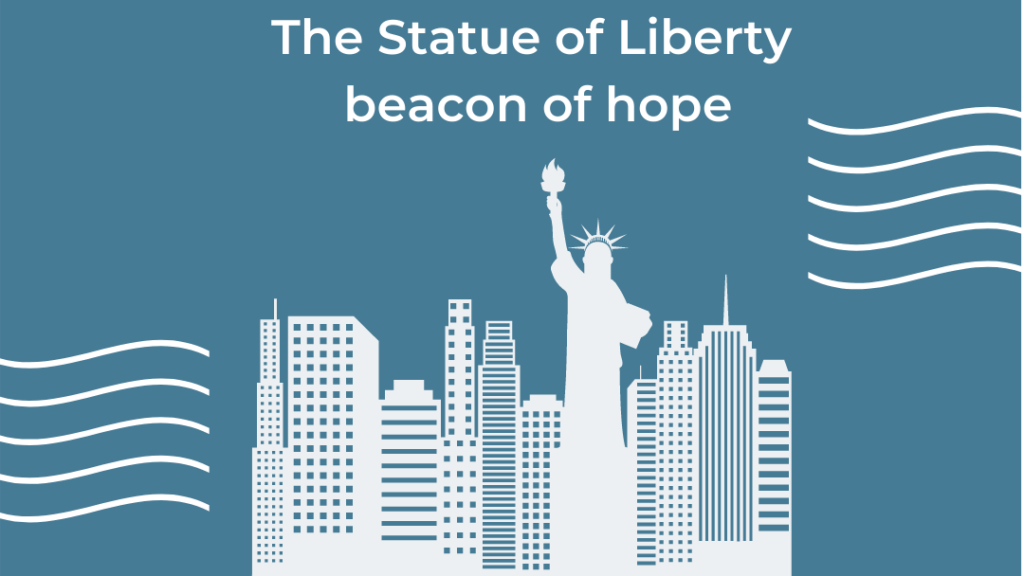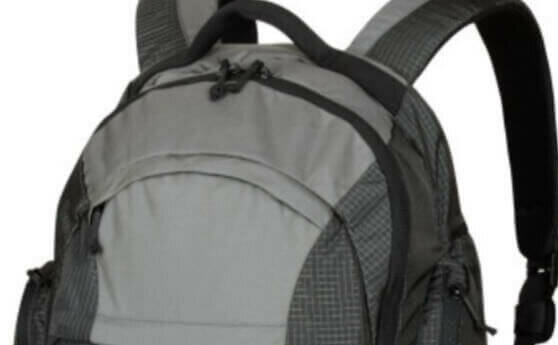
The Statue of Liberty in New York sheds light on my hopes and aspirations upon arriving on U.S. soil as a new refugee. On September 28, 1998, as my flight (the KLM plane) approached the landing runway at the JFK International Airport, I looked out the small window. Suddenly, through the clouds of my dreams of coming to America, I saw, with a thunderclap of recognition, the up-reaching arm of the Statue of Liberty.
The real Statue of Liberty. My beacon of hope!
I remembered reading about the Statue of Liberty in Sudan’s middle school and learning that she was a symbol of freedom, democracy, and justice. In Arabic, the Statue of Liberty is called Timthal Al Horia.
Seeing her standing tall and confident with her torch and her arm pointing toward the sky triggered what I now know were endorphins and dopamine rushing through my veins. I was just an uneducated boy of 23 then, with much to learn about the body and soul. These neurotransmitters – the brain’s “happy” chemicals – manifested in an outpouring of tears of relief, joy, and hope.
Seeing the Statue of Liberty that day was a major milestone along my journey of undying hope. In fact, it was a critical and defining moment for everything I have accomplished in the US. I rejoiced and cried for making it to America safely. My face, my hands, and my shirt were all filled with tears of joy and hope for a better future.
As soon as the aircraft touched down on the runway, my flight erupted with applause for the safe arrival and as an expression of gratitude toward the pilots’ and cabin crew’s hospitality and skillfulness. The flight came to a complete stop at the JFK gate, the door opened, and we exited the aircraft in an orderly fashion, though I remained in a daze.
I did not know where I was going, so I followed the crowd carrying my small backpack, my only possession. In it was a pair of gray pants, a colorful t-shirt, a toothbrush, toothpaste, and most importantly, the International Organization for Migration (IOM)’s white bag.

I kept walking, sticking closely to my fellow passengers as we all moved en masse to the entry checkpoint. Since I did not speak English, I quietly opened my IOM white bag and removed all refugee resettlement documents. I handed them over to the Immigration officer at the entry checkpoint. When he tried to ask me some questions, I could not answer, so I just smiled, shrugged, and pointed to the small stack of papers that would have to speak for me. Thankfully, everything the officer needed to know about my immigration status was in the IOM’s white bag. After patiently checking through my travel documents for accuracy, he permitted me to enter the United States.
Thank you to the Statue of Liberty!
Until next week’s story of hope and resilience, take care of yourself and each other!
Theil
